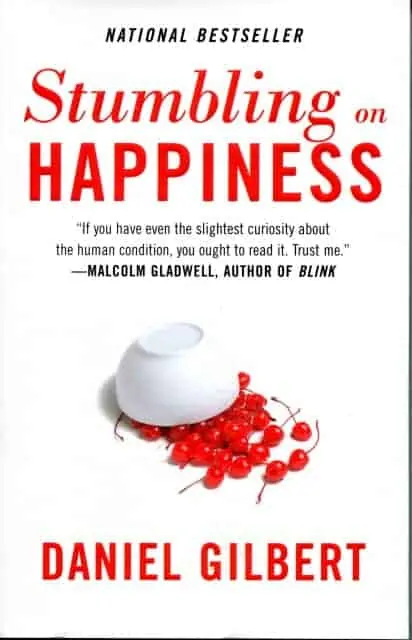I picked this book up at the airport on my way to my meeting with CGI in Virginia. As usual, I wished I had the foresight to have ordered this book off of Amazon for far less than they were charging me at the airport. But alas, the airports know that once you have passed through security, you are a caged animal. I do have to admit, that part of the reason I wait until just before a flight to buy a book is because I don’t know at a moments notice what type of book I would desire.
Here are the detailed steps I take in choosing a book (if you just want the review, go to the next section):
– I first consider if I am in the mood for non-fiction or fiction. I swing back and forth between these types. For example, last year, after reading “Salt: A World History”, I had to go through a binge of fiction novels to balance everything out.
– If I decide on non-fiction, then I generally look for books that offer a candid or unconventional view. I generally don’t read biographies – even of people I highly admire such as Warren Buffet. I think it is just a preference. If I had to explain it, I would say it is because I like to capture thought patterns rather than other people’s experiences. Rare exceptions do come along such as “Night” by Elie Wiesel which was riveting…this was based on an extreme experience though.
– If I decide on fiction, then I usually look for a book with interesting character vignettes rather than action books. For example, “The Zahir: A Novel of Obsession” by Paulo Coelho examines interesting characters. My favorite in this category would be “One Hundred Years of Solitude” by Gabriel Garcia Marquez.
On this occasion, I actually wanted fiction but none of the fiction novels appealed to me at the San Jose airport. So I picked up this “Stumbling on Happiness” book. For those of you that know me, I am actually not an unhappy person, quite the contrary. However, I am a firm believer that there is always room for improvement and new perspectives. What I really liked about this book was the author’s treatment of the topic. Taking something that is so subjective and providing an empirical framework is very difficult and I thought the author did it well. This book will not give you the answer to happiness as this will differ from person to person, but it will provide some objective tools in which you can better understand your behavior and learn to recognize repeat mistakes one makes that hinder happiness. It is a book that you may read a couple of pages and think about for minutes or hours before moving to another chapter or paragraph. The author first builds up a foundation of understanding on how the brain works based on real experiments that have been done in history. Then, he moves on to specific explanations how the brain reacts to different situations that impact perceptions of happiness.
One of the insights in this book is around delayed gratification was very interesting. In fact, I had experienced this years ago when I played SimCity. Clint and I had discovered the hack codes to getting unlimited wealth in the game and once that happened, the game lost all meaning. We were able to get big mansions and nice cars without really feeling a sense of accomplishment, nor did we have any dreams in SimCity as we could afford everything. At that point, I realized that happiness is in the journey.
This book is a nice middle-ground between an intangible “feelings” discussion of happiness and the “concrete” biological theory which reduces happiness to a “excessive amounts of neurotransmitters in nerve cells” (as noted by one Amazon reviewer that gave it only 1 star – I think he just didn’t get it).
Truly a recommended reading. Whether you agree with the author’s theories or not, this will be a nice addition to anyone’s toolbox in discovering their own happiness or improving upon it.


